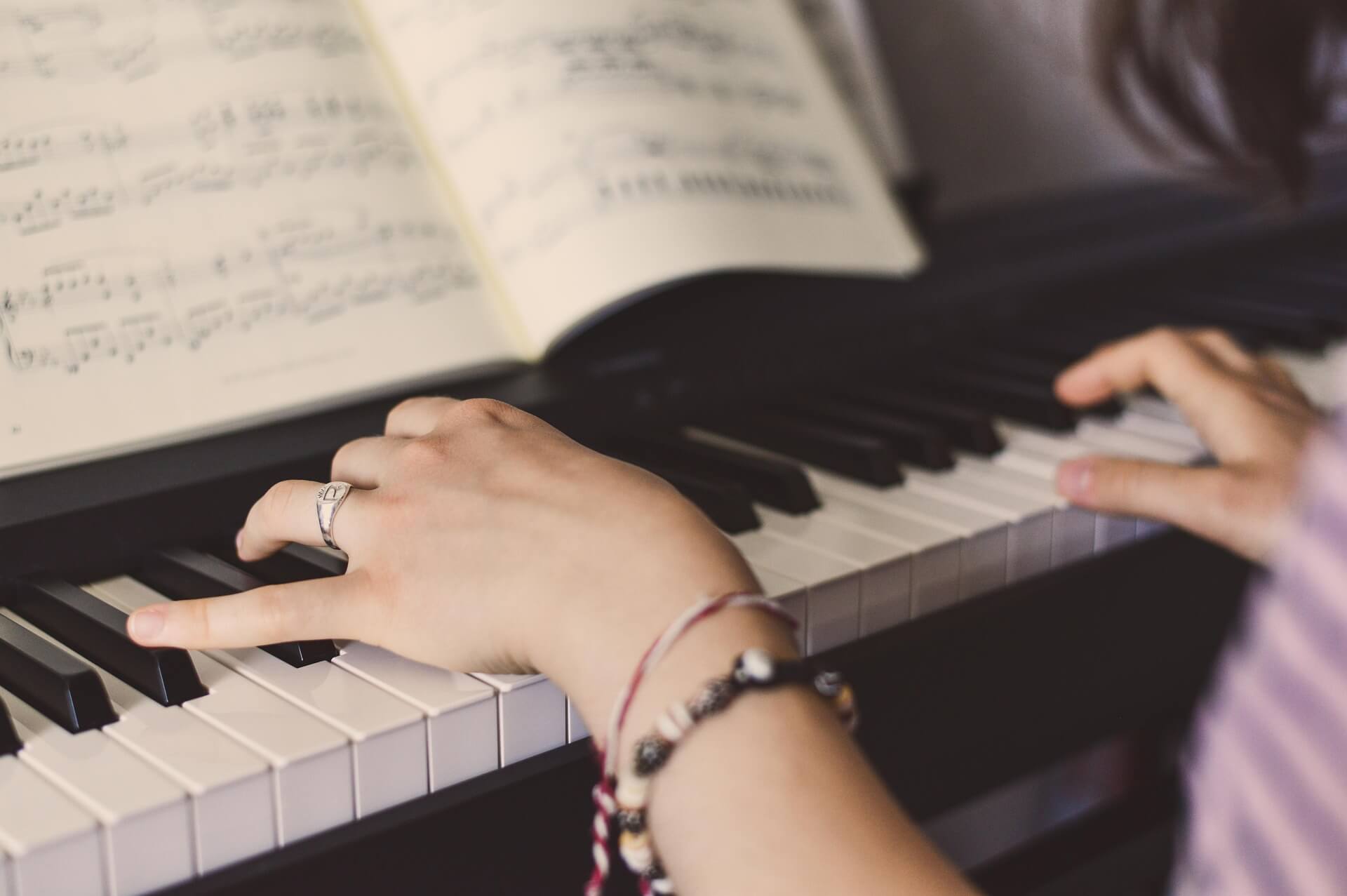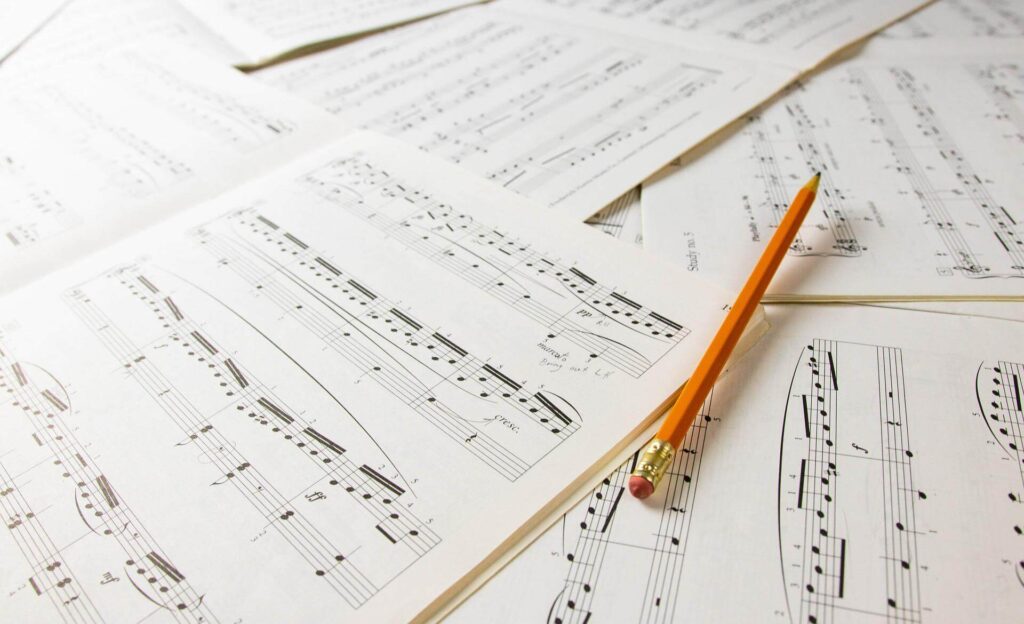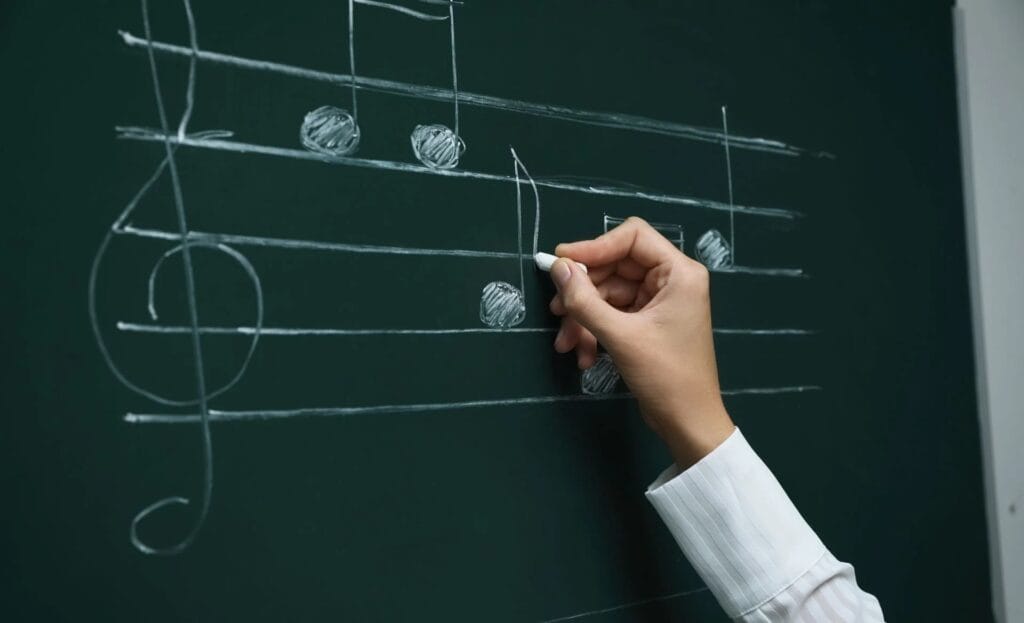Note reading techniques are essential skills for any musician aiming to improve their performance, whether they play an instrument or sing.
Being able to read music accurately opens the door to a deeper understanding of musical structure, rhythm, and expression.
For beginners, mastering note reading can seem challenging at first, but with the right strategies, it becomes an enjoyable and rewarding process.
Learning to read music is not just about recognizing notes on a page; it is about connecting them to sound, timing, and emotion. By applying consistent practice routines, musicians can strengthen their reading ability and develop greater confidence in performing.
A strong foundation in note reading techniques also allows musicians to explore more complex pieces, adapt to different genres, and collaborate with other artists more effectively.
One of the best ways to start is to work on simple pieces before moving on to more advanced scores.
This approach ensures that the fundamentals are solid and prevents frustration. Over time, the combination of visual recognition, rhythmic precision, and hand-eye coordination will make reading music second nature.
Effective Note Reading Methods For Understanding Musical Notation
At the heart of note reading techniques lies a solid understanding of musical notation. The musical alphabet consists of seven letters A, B, C, D, E, F, and G which repeat in higher and lower octaves.
These notes are represented on the staff, which is made up of five lines and four spaces, each corresponding to a different pitch. Clefs, such as the treble clef and bass clef, play a crucial role in determining the pitch of each note.
The treble clef is commonly used for higher-pitched instruments like the violin or flute, while the bass clef is used for lower-pitched instruments such as the cello or bass guitar.
Understanding these clefs is fundamental for anyone working on note reading techniques. It is equally important to recognize other symbols, including rests, accidentals (sharps, flats, and naturals), and dynamic markings that indicate volume and expression.
These elements provide critical information on how a piece should be played or sung. By familiarizing yourself with the complete set of notation symbols, you will build a strong foundation for accurate and expressive performances.
How Rhythm And Timing Improve Overall Music Skills
In note reading techniques, rhythm and timing are as important as recognizing pitch. Rhythm determines the duration of each note and rest, while timing ensures that these durations fit perfectly within the tempo of the piece.
Without proper rhythm and timing, even the correct notes can sound disconnected or unbalanced. Time signatures, such as 4/4, 3/4, or 6/8, indicate how beats are organized in each measure.
Learning to read these time signatures and apply them while playing helps musicians stay in sync with the music. A metronome is an invaluable tool for practicing rhythm and timing within note reading techniques, as it provides a steady beat to follow.
Developing rhythmic accuracy enhances overall musical ability. It improves ensemble playing, ensures smooth transitions between notes, and strengthens your ability to interpret various styles.
For beginners, starting at a slower tempo and gradually increasing the speed can significantly improve both accuracy and confidence.
Note Reading Techniques To Enhance Hand-Eye Coordination
Hand-eye coordination is a vital component of note reading techniques, particularly for musicians who play instruments.
As your eyes scan the music, your hands must respond instantly to play the correct notes. The ability to look slightly ahead in the music, rather than focusing only on the current note, helps maintain a fluid performance.
This skill can be developed through regular sight-reading exercises. In these exercises, you play through a piece you have never seen before, focusing on keeping the rhythm steady and making minimal pauses. Over time, this improves both reaction time and accuracy.
Different instruments present different coordination challenges. Pianists must coordinate both hands playing different notes simultaneously, while guitarists must align finger positioning with strumming or picking patterns.
Wind and brass players coordinate breath control with fingering. Regardless of the instrument, note reading techniques that strengthen hand-eye coordination will improve fluency and overall performance.
Applying Notation Skills Across Different Music Genres
One of the strengths of solid note reading techniques is their adaptability across various music genres. In classical music, accuracy and fidelity to the written score are paramount.
Every note, dynamic marking, and articulation must be interpreted exactly as the composer intended. In jazz, however, the approach to reading notes can be more flexible.
Musicians often work from lead sheets that provide melody lines and chord symbols, leaving room for improvisation.
Pop and rock music may rely more on chord charts, tablature, or simplified sheet music, requiring a slightly different set of note reading techniques.
Exploring different genres not only broadens your musical vocabulary but also strengthens your reading ability. The more diverse your practice, the more comfortable you will become with unfamiliar rhythms, harmonies, and structures.
This versatility is especially valuable for musicians who perform in a variety of settings, from solo recitals to collaborative ensembles.
Note Reading Techniques For Increasing Reading Speed
As you progress, you will want to improve the speed at which you can read and play music. Faster reading allows you to tackle more complex pieces and respond more effectively in live performance situations.
To increase your speed, focus on recognizing patterns such as scales, arpeggios, and common chord progressions these appear frequently in many pieces and can be identified quickly with experience.
Sight-reading is one of the most effective ways to enhance reading speed. Choose pieces that are slightly below your current skill level and aim to play them without stopping, even if mistakes occur.
The goal is to maintain the flow of the music, which is an essential part of mastering note reading techniques. Another effective strategy is to gradually increase the tempo using a metronome.
Start at a comfortable speed where you can play accurately, then raise the tempo by small increments until you reach your target speed. Over time, this builds both speed and confidence, enabling you to approach any new piece with greater ease.
See you in the next post,
Anil UZUN


